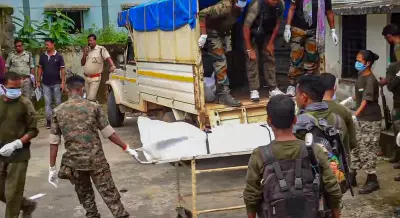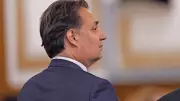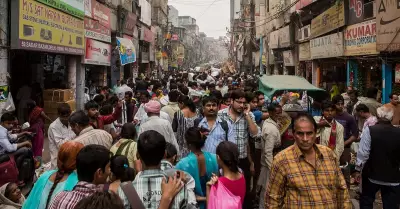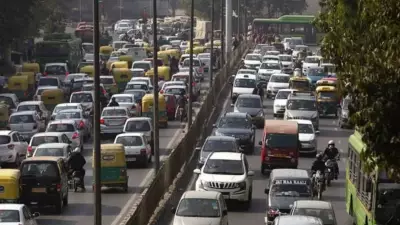Politics
3 Naxalites, Including Woman, Killed in Sukma Encounter with Security Forces
A woman among three Naxalites was killed in an encounter with security forces in Chhattisgarh's Sukma district on December 18. Police confirm the operation was based on specific intelligence.
Business
Why India's Middle Class Growth Stalled: A Gendered Migration Story
Analysis reveals how India's development path diverged from China's, with male-dominated migration hindering the creation of a stable, urban middle class. Explore the key factors.
World
Asia Faces New Trade Barrier: Mexico Tariffs Echo Trump's Wall
Asian nations face sobering new tariffs from Mexico, a move seen as building a trade wall reminiscent of Trump-era policies. Discover the global economic implications.
Entertainment
Suriya's 'Karuppu' OTT & Satellite Rights Sold to Netflix & Zee Tamil
Suriya and Trisha's upcoming film 'Karuppu,' directed by RJ Balaji, secures OTT rights with Netflix and satellite with Zee Tamil. Fans await this potential career milestone. Read more.
Sports
Lifestyle
Health
Viral Kickboxing Video: Army Vet's Fitness Stuns Internet
A 61-year-old retired Lieutenant Colonel's intense kickboxing routine goes viral on X, drawing playful Mahatma Gandhi comparisons. Discover the story behind the fit veteran's discipline.
Diabetes Cases Projected to Reach 900 Million by 2050
New projections warn diabetes cases could hit 900 million globally by 2050, driven by modern lifestyles. Learn the causes, impacts, and prevention strategies to combat this silent pandemic.
Delhi roads see less traffic after GRAP-4 implementation
Delhi government reports a significant reduction in vehicular movement following the imposition of GRAP-4 anti-pollution measures. Read the full impact assessment here.
Six Kids Get HIV from Tainted Blood in Satna; 3 Suspended
Madhya Pradesh govt suspends three, including blood bank in-charge, after six children contract HIV via transfusion in Satna. Read the shocking details and official action.
David Caprio's Skin Cancer Scare: A Vital Warning
David Caprio, son of Judge Frank Caprio, shares a chilling skin cancer biopsy story. Learn about skin cancer risks, types like melanoma, and crucial prevention tips to protect yourself and family.
Technology
Get Updates
Subscribe to our newsletter to receive the latest updates in your inbox!
We hate spammers and never send spam










































